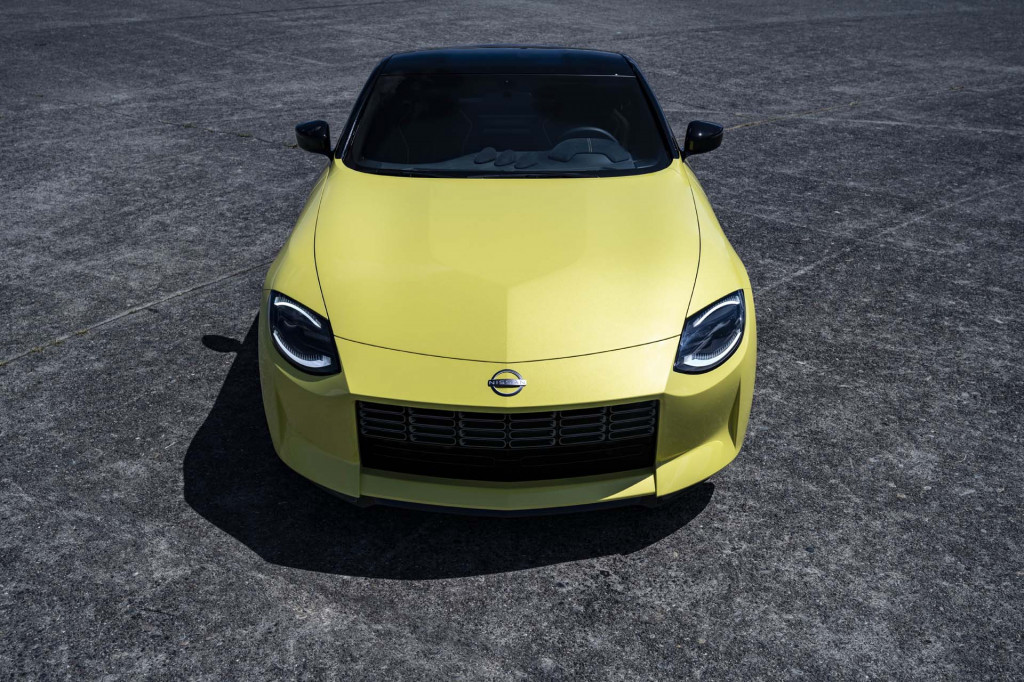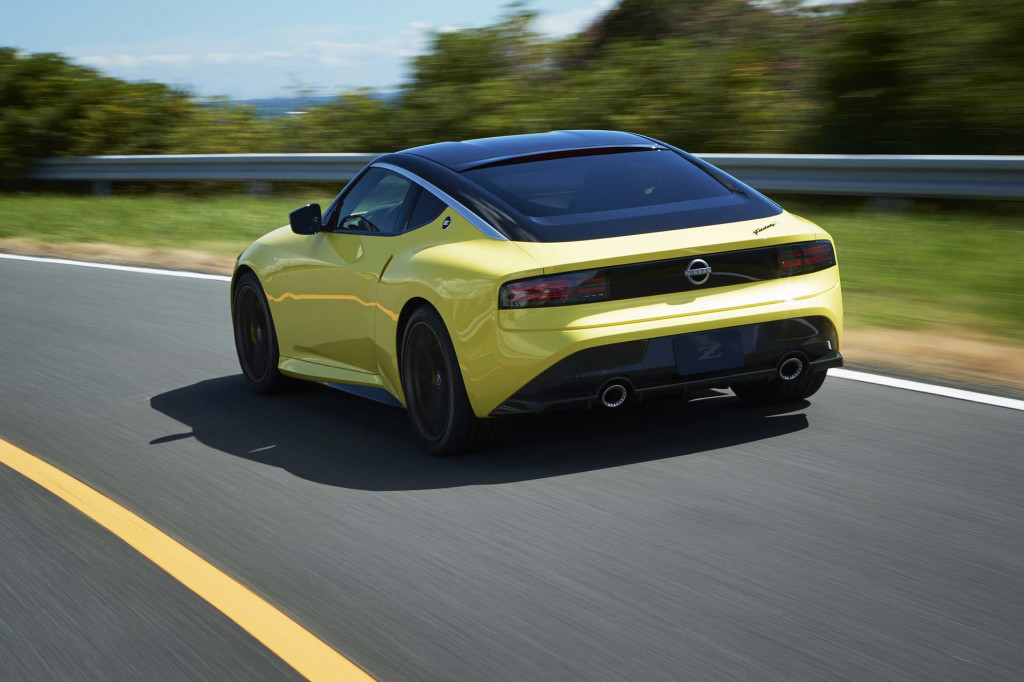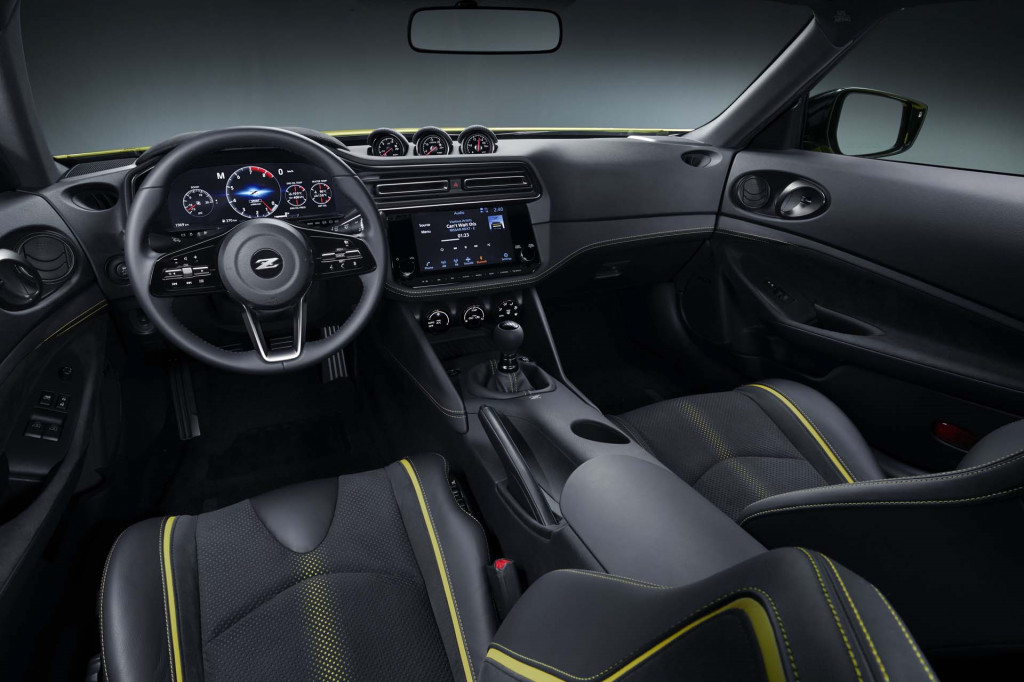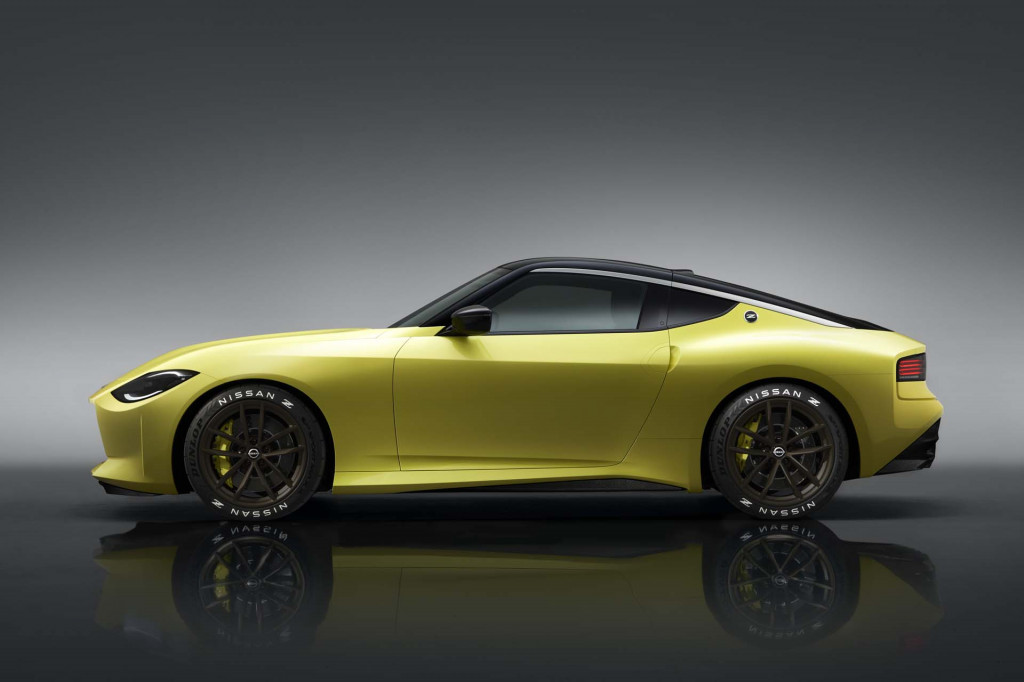General Motors is committed to launching 20 electric vehicles in North America by 2023, and most of these will be powered by a modular battery system branded Ultium and sit atop GM’s third-gen EV platform.
The electric drive system powering the actual wheels will be branded Ultium Drive, GM said Wednesday.
Like the batteries, the drive system going into GM’s upcoming electric fleet will be a modular system. Its outputs will range from 235 up to 1,000 horsepower. One of the 1,000-hp EV has already been confirmed as the GMC Hummer EV pickup truck due for a reveal on October 20 and production from fall 2021. It would make sense for the oft-rumored electric Corvette to also feature the 1,000-hp setup.
The Ultium Drive portfolio will consist of five interchangeable drive units each with a single-speed transmission and power control unit fully integrated. GM will also use three types of electric motors for the drive units.

GM Ultium Drive family
Depending on the positioning of the drive units, they will be able to deliver front-, rear- or all-wheel-drive configurations. One of the drive units has been described as an all-wheel-drive assist unit, i.e. it will add traction when slip is detected. This particular setup is expected to feature on an all-wheel-drive Corvette, among other vehicles.
GM boasts Ultium Drive will deliver better response than comparable internal-combustion engines, along with the ability for highly accurate torque vectoring.
GM said it is handling the development of the Ultium Drive units and will also manufacture them in-house. GM has developed the Ultium batteries with South Korea’s LG Chem, but will manufacture them at its own plant currently under construction in Lordstown, Ohio.
So where might we see the Ultium Drive units beyond the Hummer EV and potential Corvette variants? GM has already revealed the identities of 12 of its upcoming EVs that will use the drive units. Two of the 12 are the Hummer EV pickup and a related SUV. Others in the pipeline include the Cadillac Lyriq crossover SUV and Cadillac Celestiq flagship sedan.











